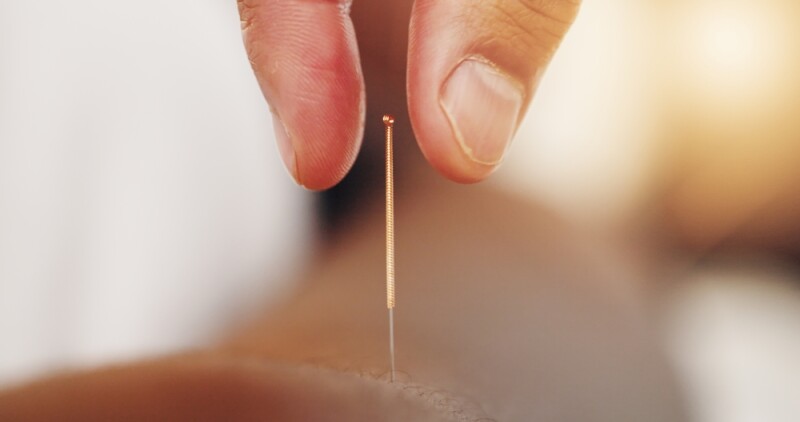Stem cell treatment offers noninvasive therapy for stroke
Stem cell stimulation shows promise as a potential noninvasive stroke treatment, according to a new study published in the Journal of Neuroscience.
Ling Wei, PhD, Shang Ping Yu, PhD, and colleagues at Emory University injected neural stem cells into the brains of mice after a stroke and activated the cells through nasal administration of a protein.
The stem cells activated by the technique, called optochemogenetics, grew healthier and formed more connections compared to the stem cells that did not receive stimulation. Additionally, the mice that received both stem cells and stimulation displayed the most recovery, with some behaviors returning to pre-stroke levels.
The combination of stem cell injection and stimulation increased the likelihood of a successful stroke recovery in mice. Instead of just injecting stem cells in the damaged area of the brain, following up with stimulation creates an ideal environment for the cells to develop and form connections with surrounding neurons, researchers said.
Neural network reconnection is critical for repairing a damaged brain, and strategies that promote this repair are expected to improve functional outcomes. The generation and application of an optochemogenetics approach in stem cell transplantation therapy after stroke could provide optimal neural repair and functional recovery, according to the study abstract.
If extended to humans, researchers said this technique could greatly improve patients' quality of life.




















SHARE